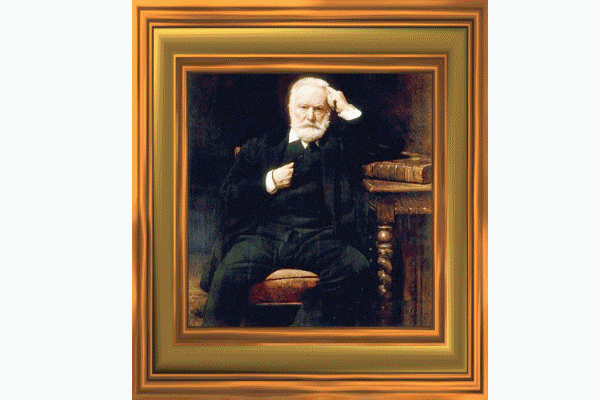THE HOUSE HAUTEVILLE HOUSE OF VICTOR HUGO REVERTS TO THE PUBLIC |
|
| It will re-open Sunday, April 7 to the public, after a year of work, the house Hauteville House Victor Hugo (1802-1885). After the banishment decreed by Louis-Napoleon Bonaparte, the writer was exiled to Guernsey, an Anglo-Norman island off the Cotentin Peninsula. He then moved to Guernsey where he acquired Hauteville House in 1856, thanks to the proceeds of the sale of the collection, Les Contemplations.
Built on the heights of Saint Peter Port, Hauteville House was the home of Victor Hugo during his exile in Guernsey and the only property of the writer. Place of writing of many masterpieces - Les Miserables, Sea Workers, The Man Who Laughs, The Legend of the Centuries, The Theater in Freedom ... - it is also a total work of art by its development and his sets designed by Victor Hugo himself. The Breton businessman François Pinault, 82, made possible the renovation of this building whose decoration atypical corresponds to the creativity of Hugo. "Autograph three-story, a poem in several rooms", according to Charles Hugo, a work in its own right, the house immerses the visitor in a unique atmosphere. The visitor entering the house is first crushed in a narrow entrance to an alleyway, with narrow halls and staircases, in almost funereal darkness. The brightness of the third floor of Hauteville House, where the "look-out" in glass, adjacent to a modest room, contrasts with this darkness. The great writer Victor Hugo worked there in front of the sea and slept in a bed that he folded in the company of a silver cross that this anticlerical believer kept close to him. Winter garden, oak gallery, red salon and blue salon, Chinese lacquer panels, colonnades and neo-Gothic stalls, family portraits, drawings of the famous series of "souvenirs" of his travels, tapestry, framed hangings of oaks , walls and ceiling covered porcelain: all assembled heteroclite. Hugo liked reworking ordinary objects, diverting them. From a curious candelabrum, he wants to make a fire tree through which to raise the gas. Inscriptions like "Nox, Mors, Lux" ("Night, death, light") or "Perge, surge" ("Get up, stay up") say his obsessions. For Gérard Audinet, director of Victor Hugo's houses, Hauteville House is "a writing house". All the symbolic Hugo is in this house of exile of the great man who planted the oak of the United States of Europe July 14, 1870, just before his return to France. |
|
| Andrew Preston for DayNewsWorld | |
 |
|




